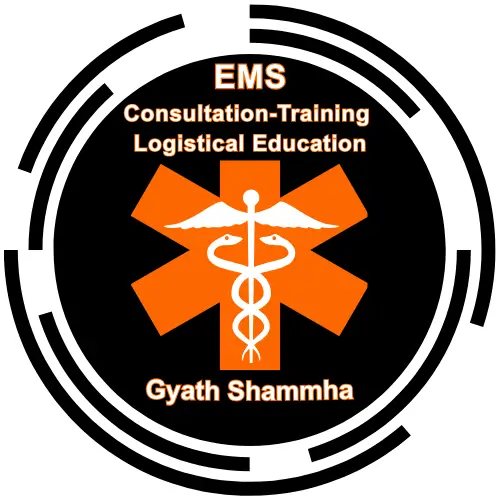Gastrointestinal (GI) bleeding is one of those medical conditions that can range from mildly alarming to life-threatening within minutes. Whether you’re a nursing student, a new grad, or a seasoned healthcare professional, understanding the causes, symptoms, and interventions surrounding GI bleeds is critical to improving patient outcomes.
This post breaks down the essentials—based on a high-yield visual infographic—for quick recall and real-world relevance.
🔍 What Is a GI Bleed?
A gastrointestinal bleed refers to any bleeding that occurs in the GI tract, from the esophagus to the rectum. This bleeding is always secondary to an underlying cause and can present as either:
- Upper GI Bleed (esophagus, stomach, duodenum)
- Lower GI Bleed (intestines, rectum)
🔺 Upper GI Bleed: What to Watch For
Upper GI bleeds are typically more dangerous and occur in the upper digestive tract. Common causes include:
- Esophageal varices
- Mallory-Weiss tear
- Gastric and duodenal ulcers
- Gastritis or esophagitis
Symptoms may include:
- Dark, tarry stools (melena)
- Hemoptysis (vomiting blood)
- Tachycardia, dizziness, abdominal pain
- Pale or cool skin
🔻 Lower GI Bleed: Often Visible, Still Serious
Lower GI bleeding arises from the colon or rectum, often due to:
- Tumors or polyps
- Inflammatory Bowel Disease (Crohn’s, colitis)
- Hemorrhoids or fissures
- Diverticulitis or diverticulosis
Symptoms are usually more visible:
- Bright red blood in stool
- Tachycardia
- Pale, clammy skin
- Abdominal cramping or pain
🚨 Watch for Hypovolemic Shock!
One of the most dangerous complications of GI bleeds is hypovolemic shock, which results from sudden, severe blood loss.
Signs include:
- ↓ Blood pressure, ↑ HR and RR
- Pale, cool, clammy skin
- Confusion, low urine output
🛑 This is a medical emergency. Immediate intervention is critical.
🔬 Diagnostic Tests for GI Bleeds
To confirm and locate the source of a GI bleed, providers may order:
- CBC: watch for dropping hemoglobin
- Guaiac test: detects occult blood in stool
- Endoscopy: allows visualization and sometimes treatment of upper GI lesions
💉 Treatment Essentials
Effective treatment means addressing both the source of bleeding and hemodynamic stability:
- Cauterization or endoscopic therapy of the bleed
- Blood transfusions if HGB is low
- Protonix (PPI) to reduce acid
- IV fluids like NS or LR
- Vitamin K to promote clotting (especially in liver dysfunction)
👩⚕️ Key Nursing Interventions
Nurses play a vital role in stabilizing GI bleed patients. Here are the priorities:
- Monitor vital signs, urine output, and hemoglobin trends
- Keep patient NPO
- Oxygen administration and EKG monitoring
- Maintain two large-bore IVs
- Hold NSAIDs, aspirin, and anticoagulants
- Fall precautions (due to dizziness from anemia or orthostatic hypotension)
📌 Final Thoughts
Gastrointestinal bleeds can appear suddenly and deteriorate rapidly. Recognizing early symptoms, acting on risk factors, and initiating timely treatment can literally save lives.
Keep this visual guide close—it’s not just a study tool, but a reference that can support critical decisions at the bedside.
